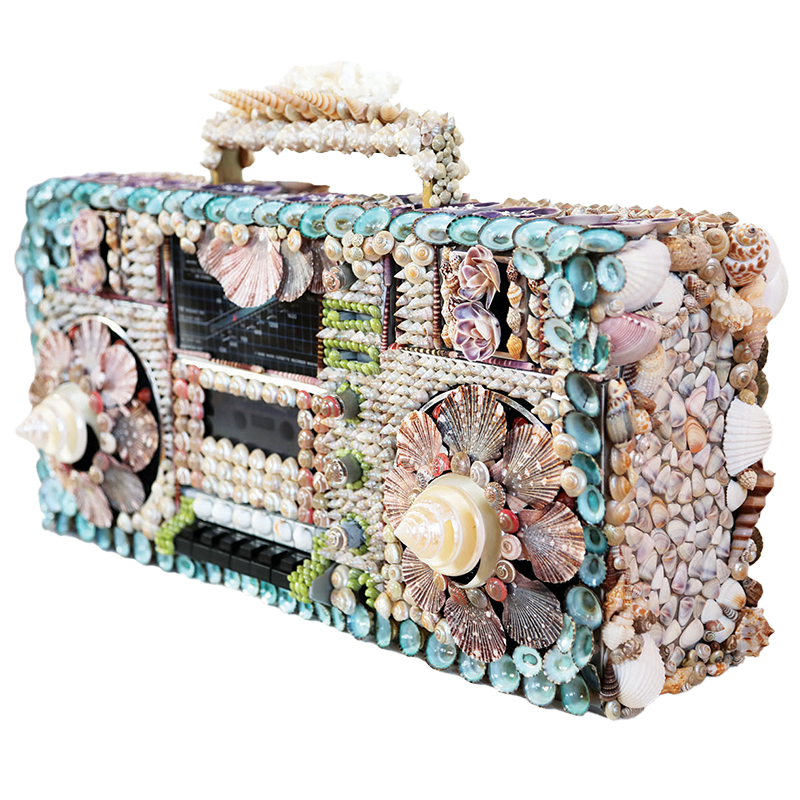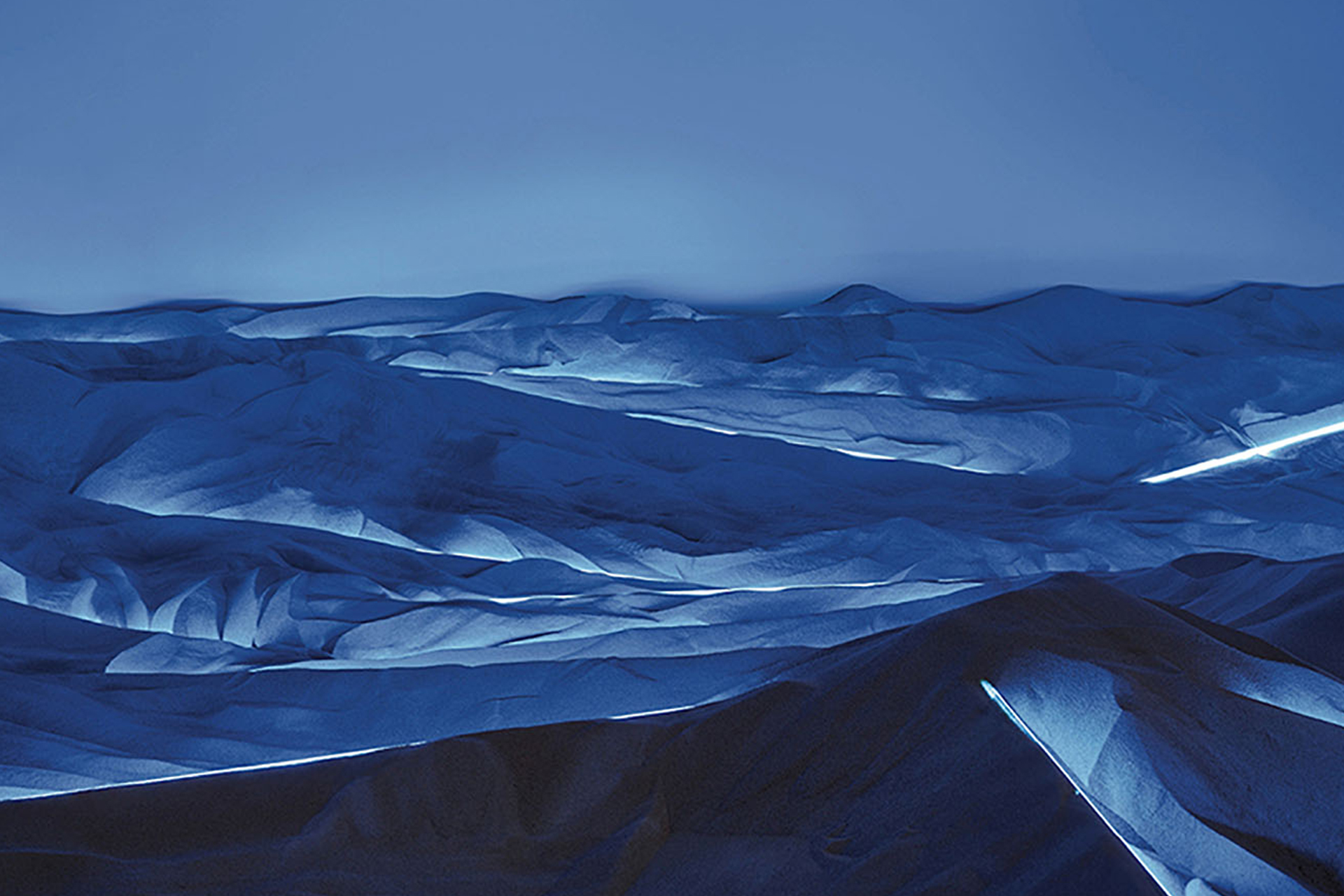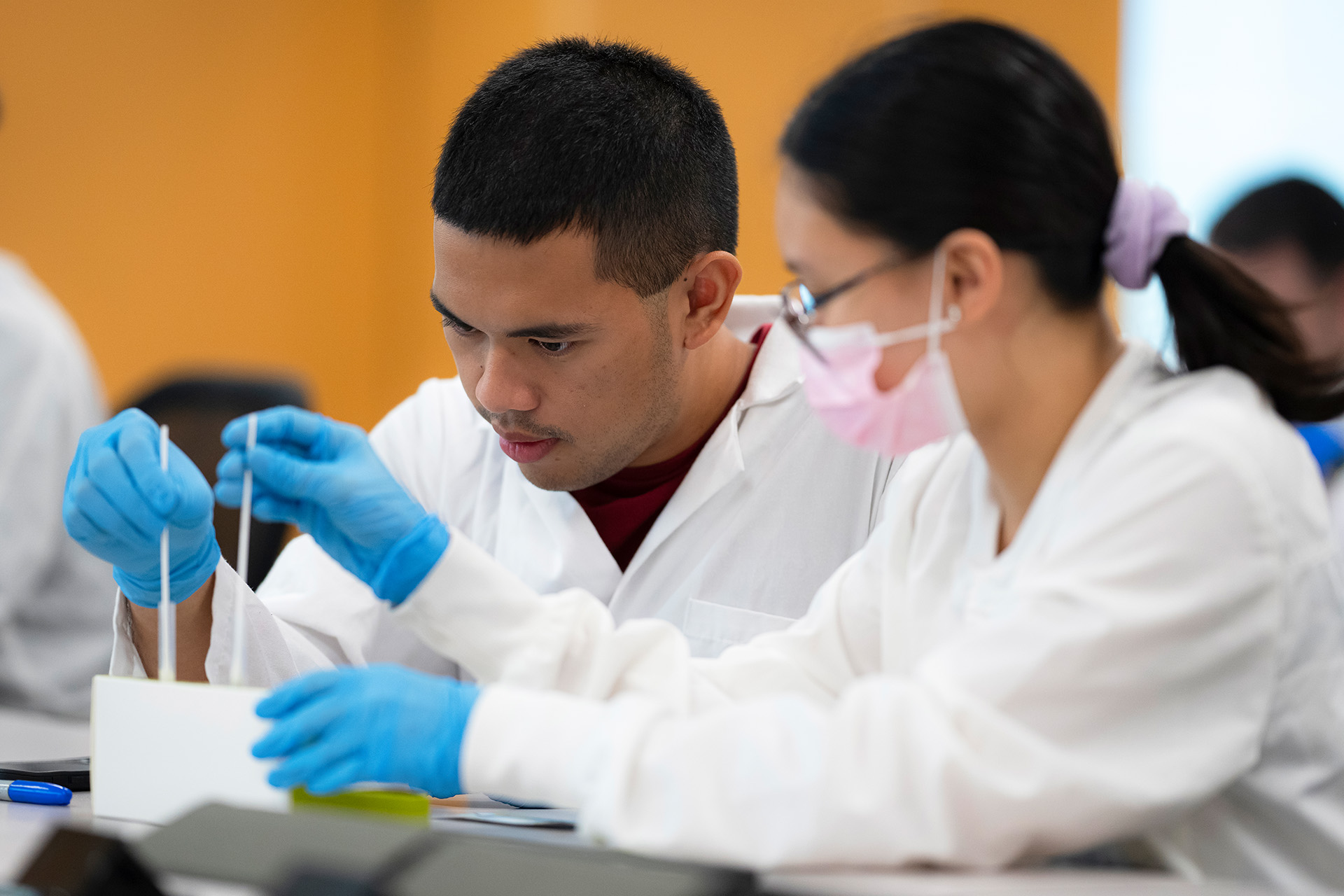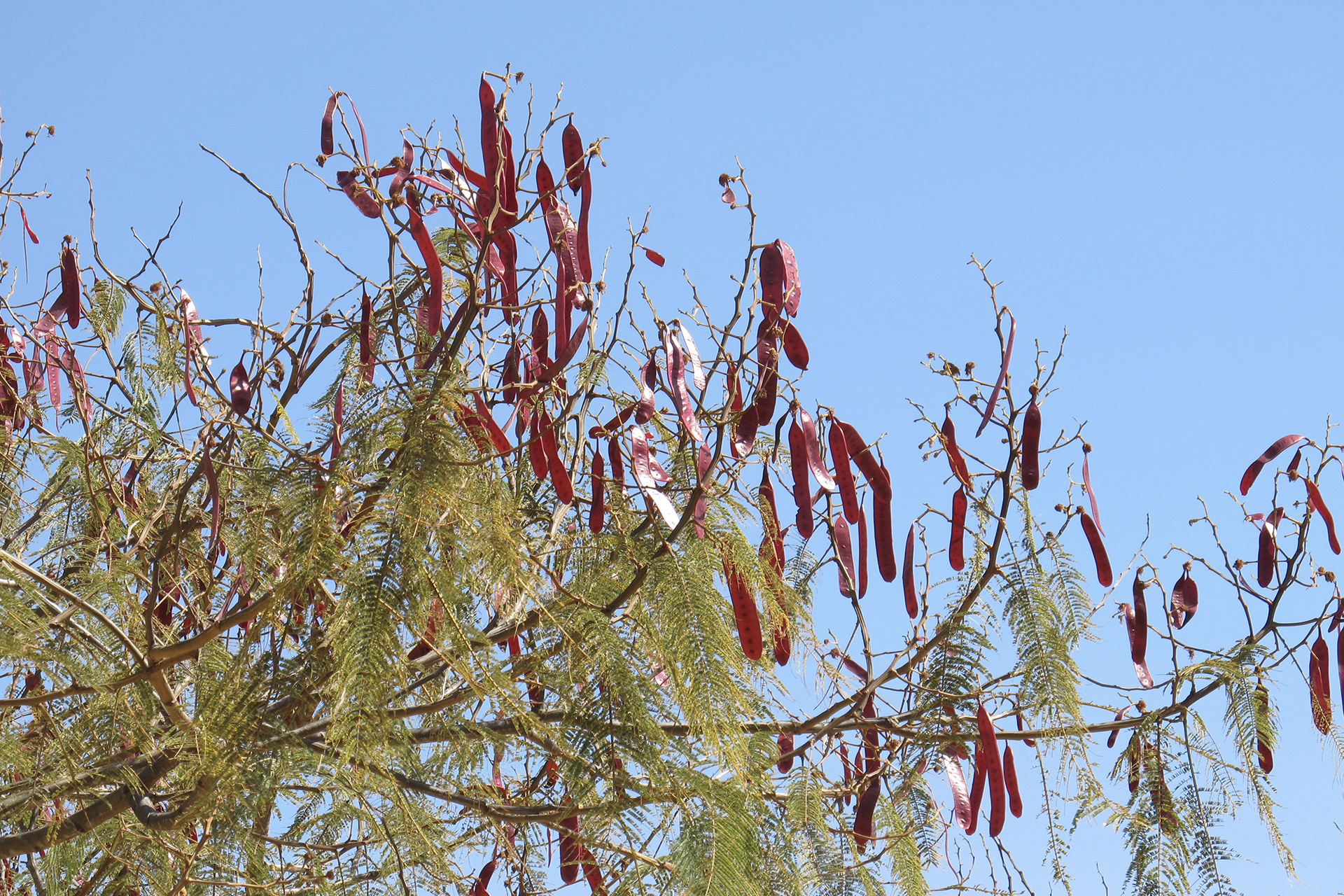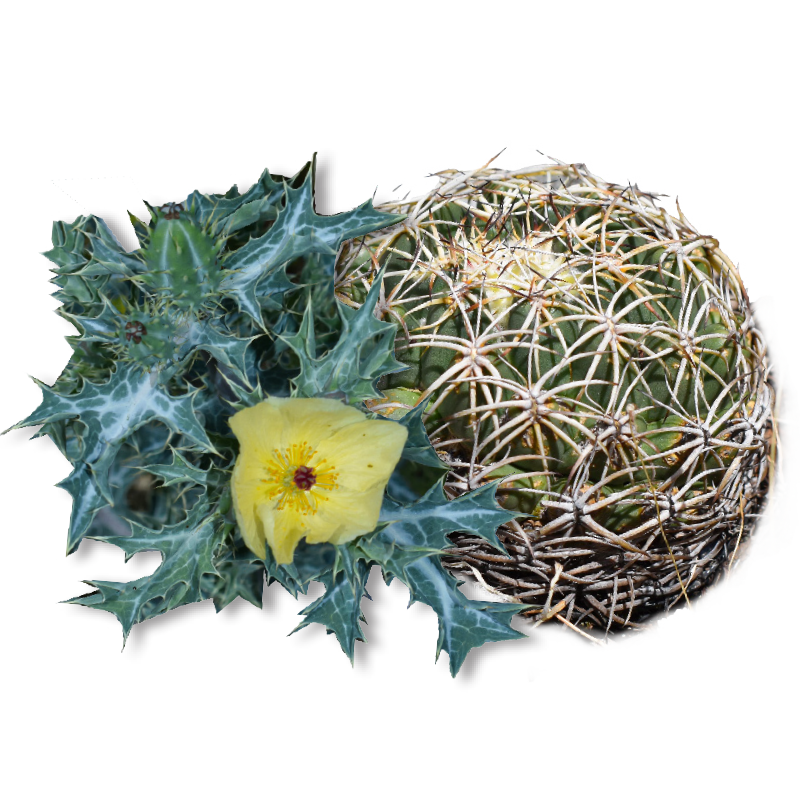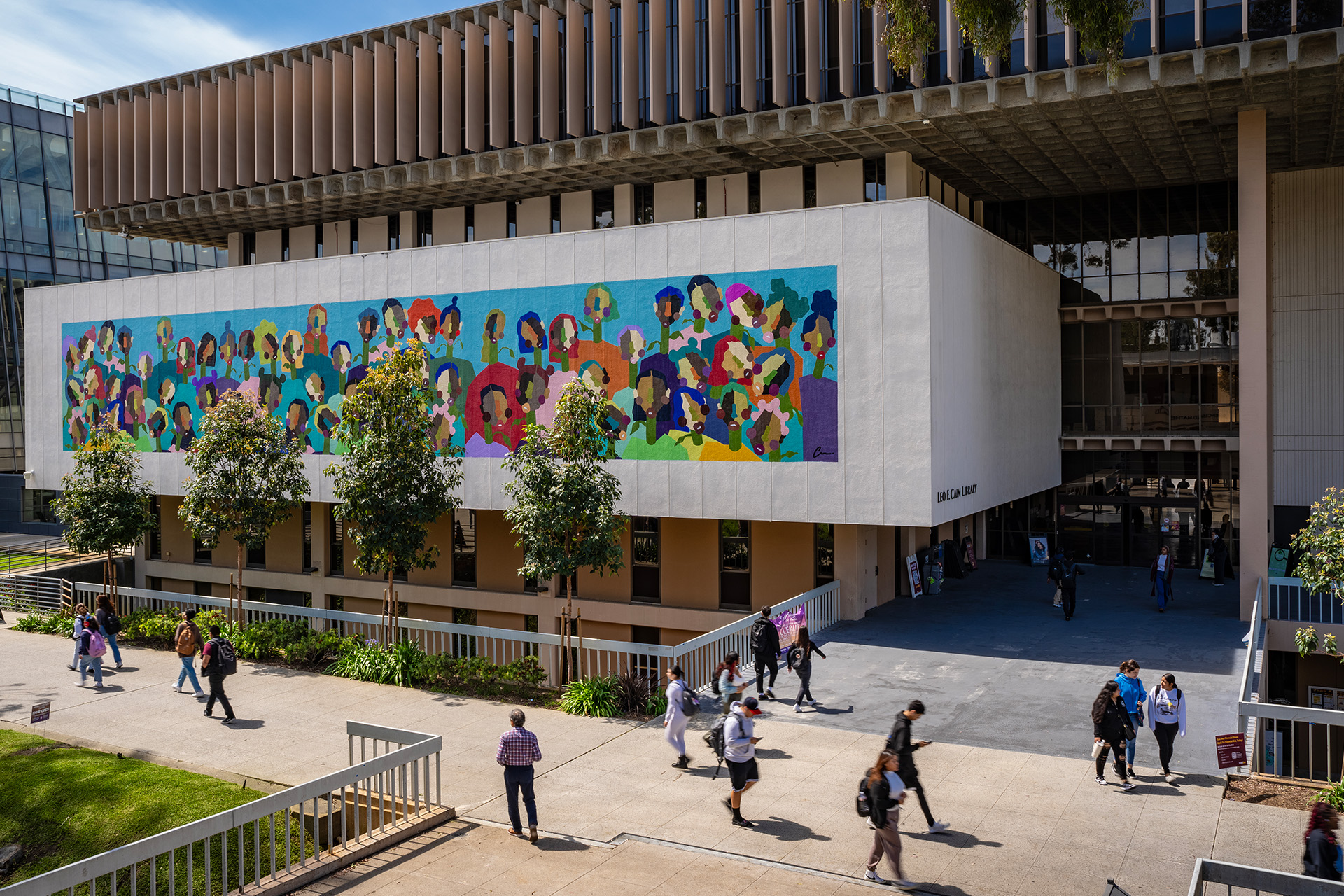Brackish Water Los Angeles
Marks CSUDH as Premier Art Destination
We often think of aquatic ecosystems in a stark, binary way: fresh water or salt water. Ocean or lake. Sea or river.
But things aren’t so black and white. Ecologists use the term “brackish water” for areas where ocean water mixes with fresh water, in spaces like estuaries and marshes. This intermingling of otherwise separate worlds is literal, but also lends itself to metaphorical exploration, as in the recent exhibition at the University Art Gallery, Brackish Water Los Angeles.
Co-curators Aandrea Stang and Debra Scacco spent five years planning and researching the exhibition, which was part of the Getty Foundation’s PST ART: Art & Science Collide, an initiative linking more than 70 exhibitions at museums and galleries across Southern California. The Getty Foundation also provided $100,000 for research support and $180,000 for the exhibit itself.
Stang and Scacco sought out art that emphasized in-between spaces where different phenomena collide, whether waterways or cultural and class systems. “We created a show with the Dominguez Hills community to speak to the scientific and metaphorical meanings of the in-between: the meeting of fresh and salt water, nature and infrastructure, and the marriage of cultures in Los Angeles that create third spaces brimming with life, culture, and new beginnings,” the curators said.
The work of the exhibition went beyond the gallery. Stang and Scacco co-taught two semesters of a course focusing on art and water, engaging students in cross-disciplinary research, field work, and site visits.
In Southern California, brackish water is often found in tidal zones and the region’s vanishing wetlands. The CSUDH campus itself was once a wetland and is located near the brackish area of the L.A. River and the Port of Long Beach—areas extensively explored by the curators and students.
Works on view in the University Art Gallery featured art and historical specimens on loan from local museums and institutions, including the CSUDH Gerth Archives & Special Collections. The exhibition also encouraged audiences to consider the shape of the city through off-site activations, such as Judith Baca’s 1978 mural Great Wall of Los Angeles in the San Fernando Valley.
“Audiences also had the opportunity to take action in protecting and engaging with the natural environments at the heart of Brackish Water Los Angeles,” Stang said, noting public programming that included a habitat restoration day in the Sepulveda Basin Wildlife Preserve, and a workshop with CSUDH researchers turning waste materials into energy storage devices (see Burnt Yard Waste Becomes Sustainable Energy Storage). “The exhibition was able to serve as a place of access and agency.”
Pictured at top: Laddie John Dill’s “Sand and Light Landscapes”

